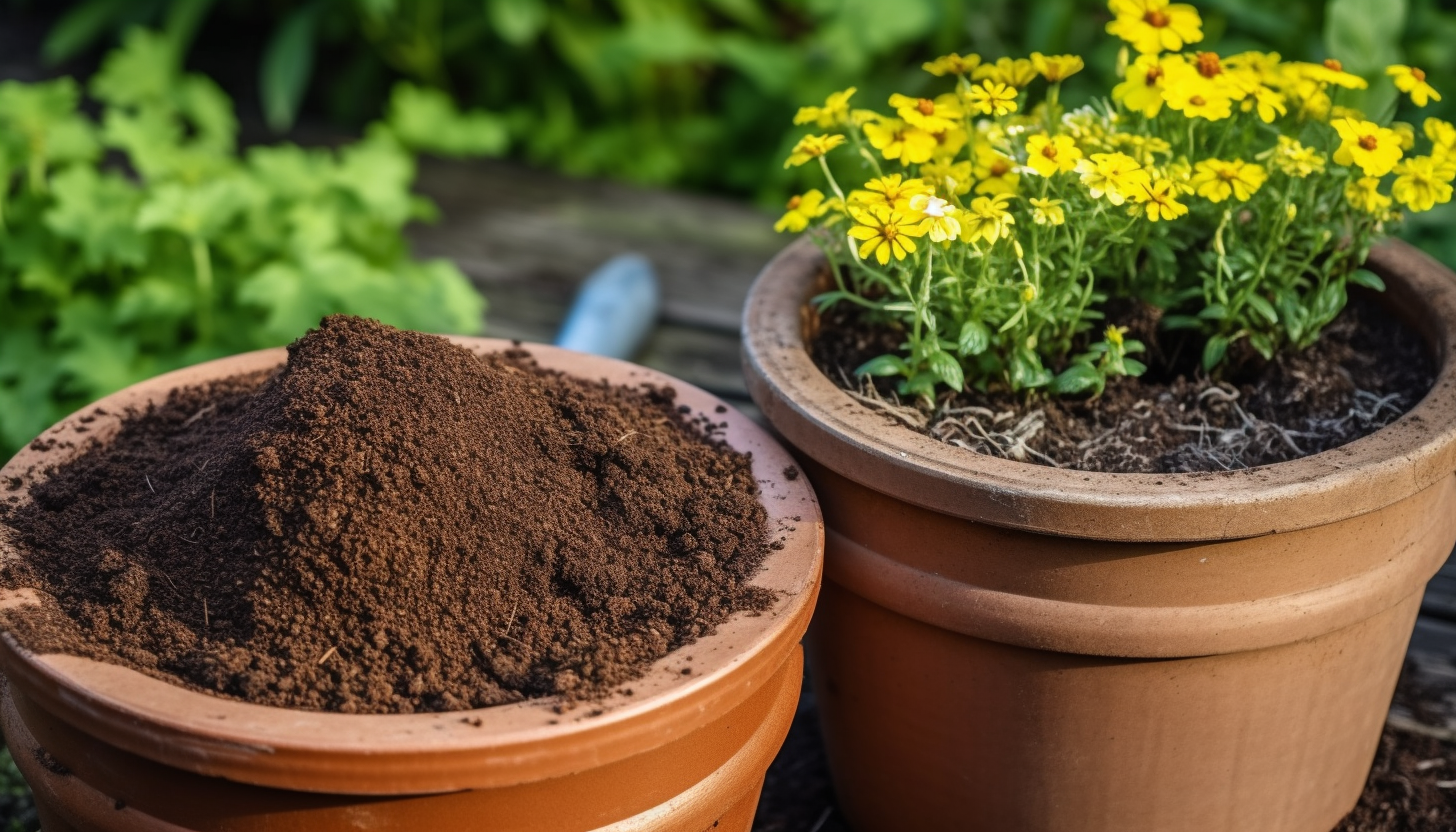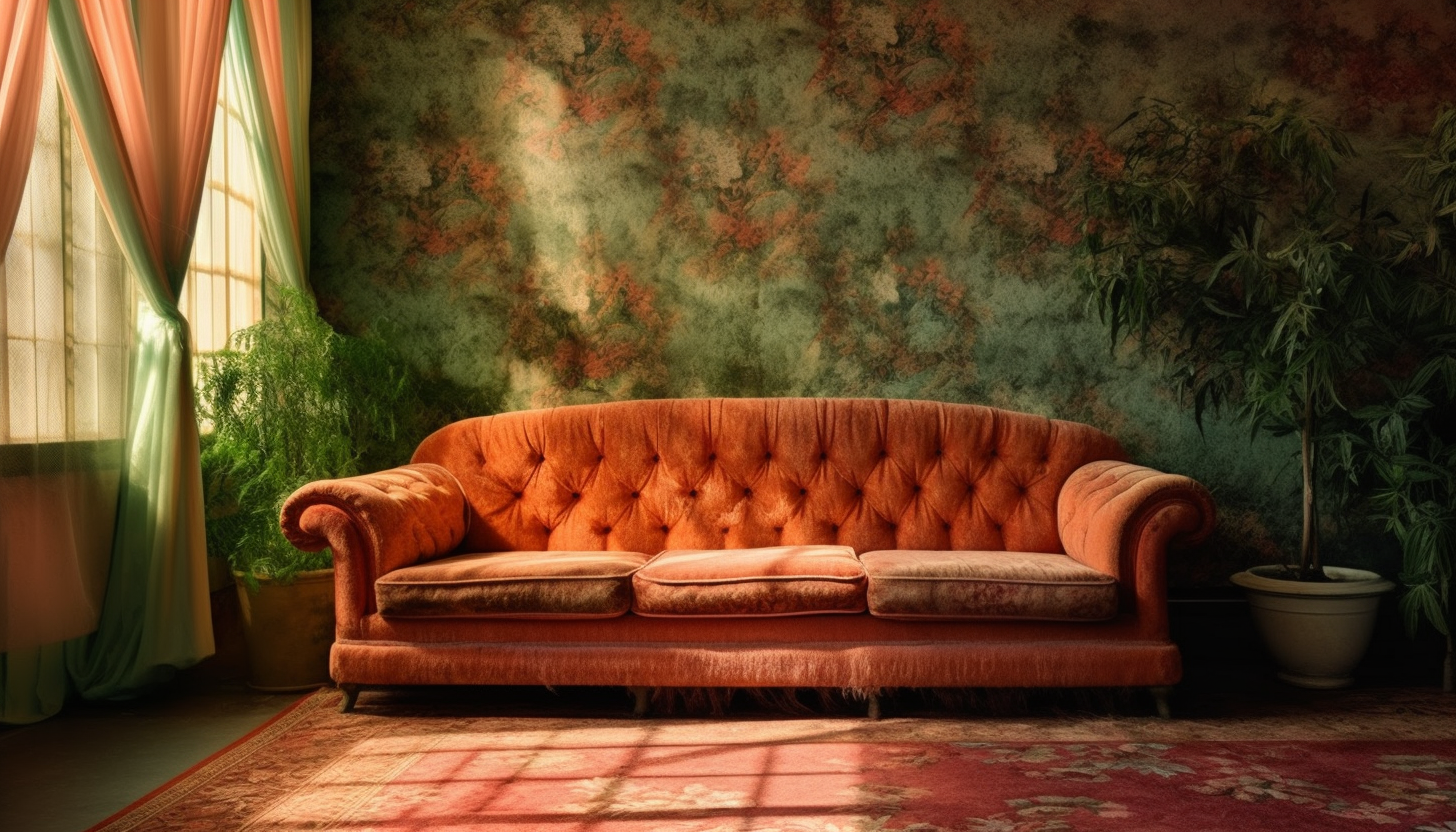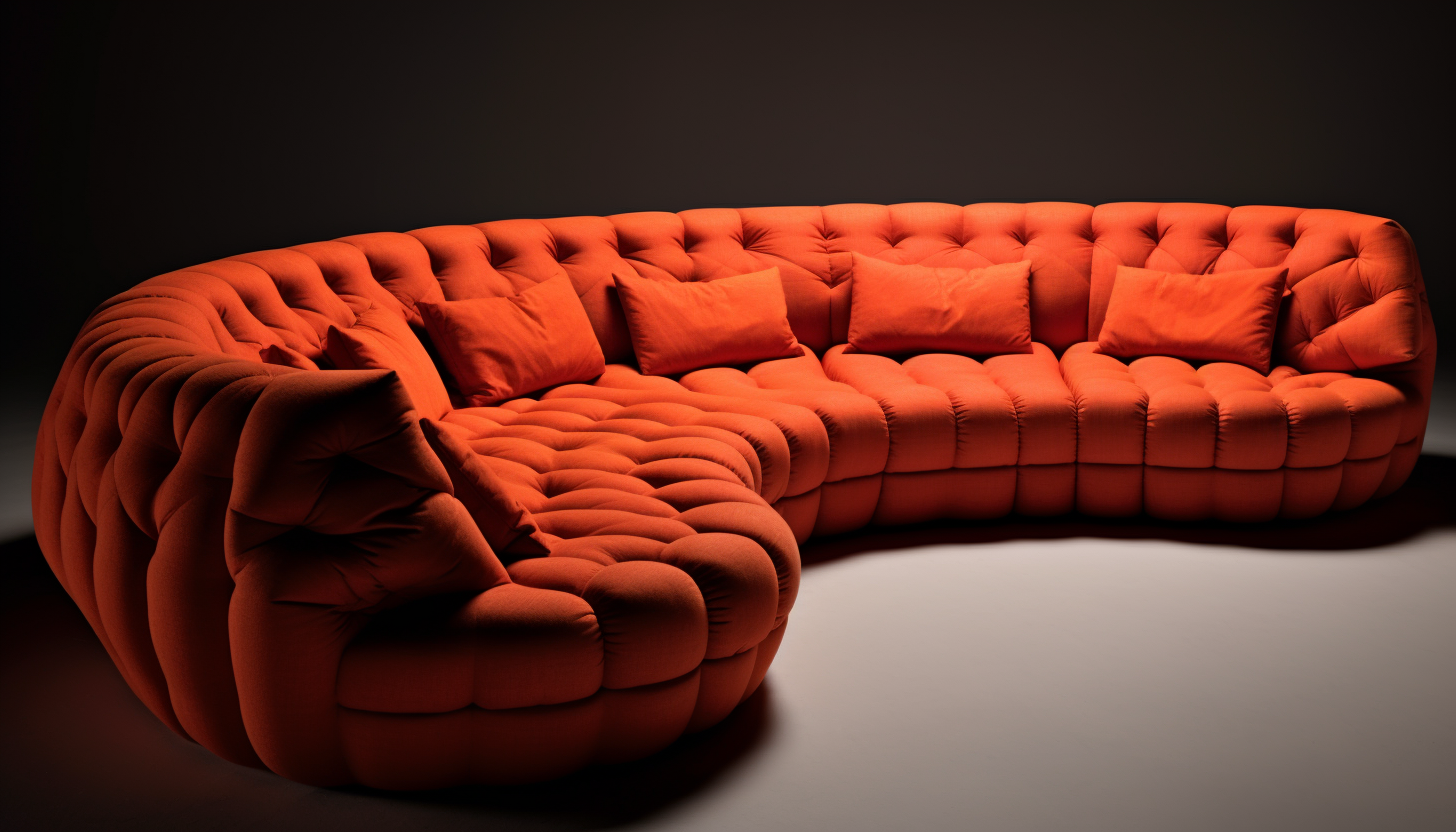P
May 28, 2023
Comparing Garden Soil and Potting Soil: What's the Difference?
#Garden Soil
#Potting Soil
#Soil Types
#Soil Composition
#Soil Texture
#Soil Drainage
#Soil Nutrients
#Gardening
#Landscaping
#Container Gardening
#Beginner Gardener
#Experienced Gardener

comparing-garden-soil-potting-soil-thumbnail
Understanding Garden Soil and Potting Soil
When embarking on a gardening or landscaping project, one of the most crucial elements to consider is the type of soil you will be working with. Both garden soil and potting soil are essential components of a healthy, thriving garden, but they differ in several key aspects. Understanding the difference between these two soils can help you choose the right one for your particular project. Garden soil, also known as loamy soil, is the ideal type of soil for growing a wide variety of plants. It is a mixture of sand, silt, and clay, with a good balance of air, water, and nutrients. It is typically found in the topsoil of a garden, and it is highly adaptable and easy to work with. Potting soil, on the other hand, is a specialized type of soil used for container gardening. It is typically a blend of garden soil, compost, and sometimes vermiculite or perlite to improve drainage. It is designed to retain moisture but also allow for adequate drainage.
Soil Types: Understanding Their Composition and Texture
Soil types are determined by their composition and texture. Soil composition refers to the different types of soil particles that make up the soil. The three primary soil particles are sand, silt, and clay. Sand has the largest particles, silt has medium-sized particles, and clay has the smallest particles. The texture of soil is determined by the size, shape, and arrangement of these particles. A loamy soil has a balanced mix of sand, silt, and clay, and the particles are typically well-rounded and evenly distributed. Clay soils, on the other hand, tend to be dense and often have a high percentage of small, smooth particles. They have a high water-retention capacity but are difficult to work with because they become hard when dry.
Soil Texture and Its Importance
Soil texture plays a crucial role in a variety of aspects of gardening. It affects the rate at which water and nutrients are absorbed by plants, the rate of water drainage, and the ease of soil compaction. Loamy soils, with their balanced mix of sand, silt, and clay, are typically the ideal texture for gardening. They are easy to work with, allow for good water and nutrient absorption, and promote good drainage. Clay soils, on the other side, can be challenging to work with because they are often hard when dry and become sticky when wet. They require adequate drainage and occasional loosening to promote healthy plant growth. However, with the right amendments, they can be transformed into excellent gardening soils.
Soil Nutrients and Their Distribution in Soil
Soil nutrients are essential for plant health and growth. They are typically found in the soil in forms like nitrates, phosphates, and potassium. The distribution of these nutrients in the soil is determined by the pH level and the type of soil. In loamy soils, nutrients are typically well-distributed and evenly absorbed by plants. In clay soils, however, nutrients tend to be less available due to the type of soil. This is why it is important to amend clay soils with organic matter like compost or aged manure. These amendments improve the soil's texture, allowing nutrients to be more easily absorbed by plants.
Comparing Garden Soil and Potting Soil: What's the Bottom Line?
When comparing garden soil and potting soil, it is important to remember that they are not identical. Garden soil is the ideal type of soil for gardening and landscaping, while potting soil is specially designed for container gardening. They differ in their composition, texture, and nutrient distribution. However, with the right amendments and care, both types of soils can be transformed into excellent gardening soils. When choosing a soil for your gardening or landscaping project, consider the type of plants you want to grow, the type of soil they prefer, and the type of soil you have available. With the right soil, the beauty and health of your garden can truly blossom.


